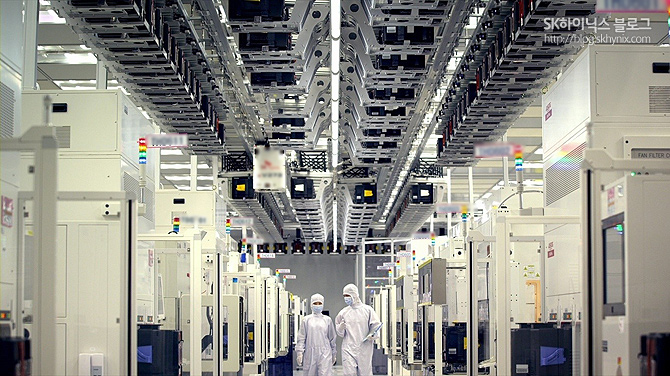Korea-US consultation on 'export controls except for Korea' Ministry of Commerce: "There will be no impact on Korean companies"

Variables remain until the US midterm elections in November
Government: "Maintaining channels…conversation in progress".
It is reported that South Korea and the United States are discussing a plan to exclude Korean companies in China from the export control of semiconductor manufacturing equipment to China. This is a measure to minimize damage to Samsung Electronics and SK Hynix caused by the supply chain conflict between the US and China.
According to the government and the presidential office on the 29th, the Ministry of Trade, Industry and Energy recently discussed such a plan with the US Department of Commerce. A high-ranking official in the presidential office said, "The Trade and Negotiation Headquarters is strongly demanding from the US that Korean companies should be excluded from export controls." The U.S. Department of Commerce is also known to have mentioned to South Korea to the effect that "there will be no impact on Korean companies in China."
An official from the Ministry of Trade, Industry and Energy said, "Export control-related channels are still being maintained, and dialogue between Korea and the US is ongoing." The issue of export control of semiconductor manufacturing equipment is being discussed at a table separate from the Chip 4 Alliance (a semiconductor consultative body of four countries, Korea, the US, Japan, and Taiwan).
According to Bloomberg and others, the U.S. Department of Commerce recently sent an official letter to domestic semiconductor equipment makers stating that it would control the export of manufacturing equipment using 14nm or less microprocessing. The scope of export control applied to existing manufacturing equipment under 10 nm has been expanded. 1 nm means the line width of the semiconductor circuit, and the smaller the line width, the faster the information processing speed.
Such measures could be a blow to Korean companies that have production plants in China, such as Samsung Electronics and SK Hynix. This is because the competitiveness of local factories will inevitably fall behind if Korean companies cannot bring DRAM facilities developed up to 14nm into China.
According to the Korea Institute for Industrial Economics and Trade, the accumulated amount of equipment investment by Korean companies in China is over 200 trillion won. Samsung Electronics has a NAND flash plant in Xi'an, China and a testing and packaging (back-end process) plant in Suzhou, while SK Hynix is operating a DRAM plant in Wuxi, China, a back-end process plant in Chongqing, and a NAND plant in Dalian. Samsung Electronics plans to first produce 14nm DRAM at the Pyeongtaek Campus 3 plant, which is scheduled to be completed at the end of this year.
The variable is the domestic political schedule of the United States. The United States is facing midterm elections in November. Diplomats predict that the enforcement ordinance related to the control of semiconductor export equipment will come into effect at the end of this year, after the midterm elections. Considering the anti-China sentiment in the United States, it is analyzed that it is difficult to discuss easing export controls before the election.
“I think our request will be reasonably accepted after the US midterm elections are over,” a senior passport official said.







